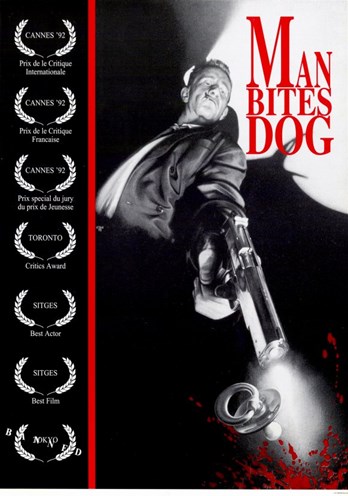In order to attain any heights in what one does, one must stand on the shoulders of giants. Considering many of the great writers became great by studying their predecessors, I figure it's about time to delve into some of the ol' Greek classics to see what all the hubbub is about.
I started with Antigone by Sophocles, equipped with masks, gods, and a chorus. The plot embodied simplicity itself. The heroine, Antigone, wanted to perform burial rites for her brother, while the villain, Creon, wanted his body left out to be eaten by dogs. Of course, simple plots have a tendency to resolve quickly, so the majority of the play consisted of individual characters, chiefly nameless messengers, interacting episodically with the chorus while reflecting on the ways of gods and men, well, mostly the gods. In terms of stage time, Creon has the most visibility while the gods get the most lip service. Antigone, and pretty much every other character who appears in the duration, are basically foils for Creon's downfall. The messengers, Haemon, Eurydice, and Tiresias all have a little reminder for Creon that he's offended the gods with his actions and he will be punished. In modern culture, it would be the equivalent of a street protest where the participants yell at passersby for their godlessness.
On reading, I felt compelled for about half the duration and came to appreciate its merciful shortness. While I appreciate writing in verse and admire the numerous flowery tangents into myth and glory, in terms of storytelling, my modern tastes were simply not satisfied. However, it wasn't until after I read it that I realized Antigone was the last of Sophocles' Theban plays. Perhaps if I read Oedipus Rex and Oedipus at Colonus, I may come to appreciate this classic much more.
I started with Antigone by Sophocles, equipped with masks, gods, and a chorus. The plot embodied simplicity itself. The heroine, Antigone, wanted to perform burial rites for her brother, while the villain, Creon, wanted his body left out to be eaten by dogs. Of course, simple plots have a tendency to resolve quickly, so the majority of the play consisted of individual characters, chiefly nameless messengers, interacting episodically with the chorus while reflecting on the ways of gods and men, well, mostly the gods. In terms of stage time, Creon has the most visibility while the gods get the most lip service. Antigone, and pretty much every other character who appears in the duration, are basically foils for Creon's downfall. The messengers, Haemon, Eurydice, and Tiresias all have a little reminder for Creon that he's offended the gods with his actions and he will be punished. In modern culture, it would be the equivalent of a street protest where the participants yell at passersby for their godlessness.
On reading, I felt compelled for about half the duration and came to appreciate its merciful shortness. While I appreciate writing in verse and admire the numerous flowery tangents into myth and glory, in terms of storytelling, my modern tastes were simply not satisfied. However, it wasn't until after I read it that I realized Antigone was the last of Sophocles' Theban plays. Perhaps if I read Oedipus Rex and Oedipus at Colonus, I may come to appreciate this classic much more.



